10 March 2025
We all know that education is vital, right? But when it comes to gifted students, standard education often isn't enough. These students need more than just textbooks and lectures to truly thrive. One area that’s frequently overlooked (but shouldn't be!) is arts education. For gifted students—those who often think outside the box—arts education can be a game-changer.
In this article, we’re going to dive deep into how arts education plays a crucial role in enhancing creativity in gifted students. We'll explore how it not only fosters their creative abilities but also helps them excel in other areas of life. Ready? Let’s get started!
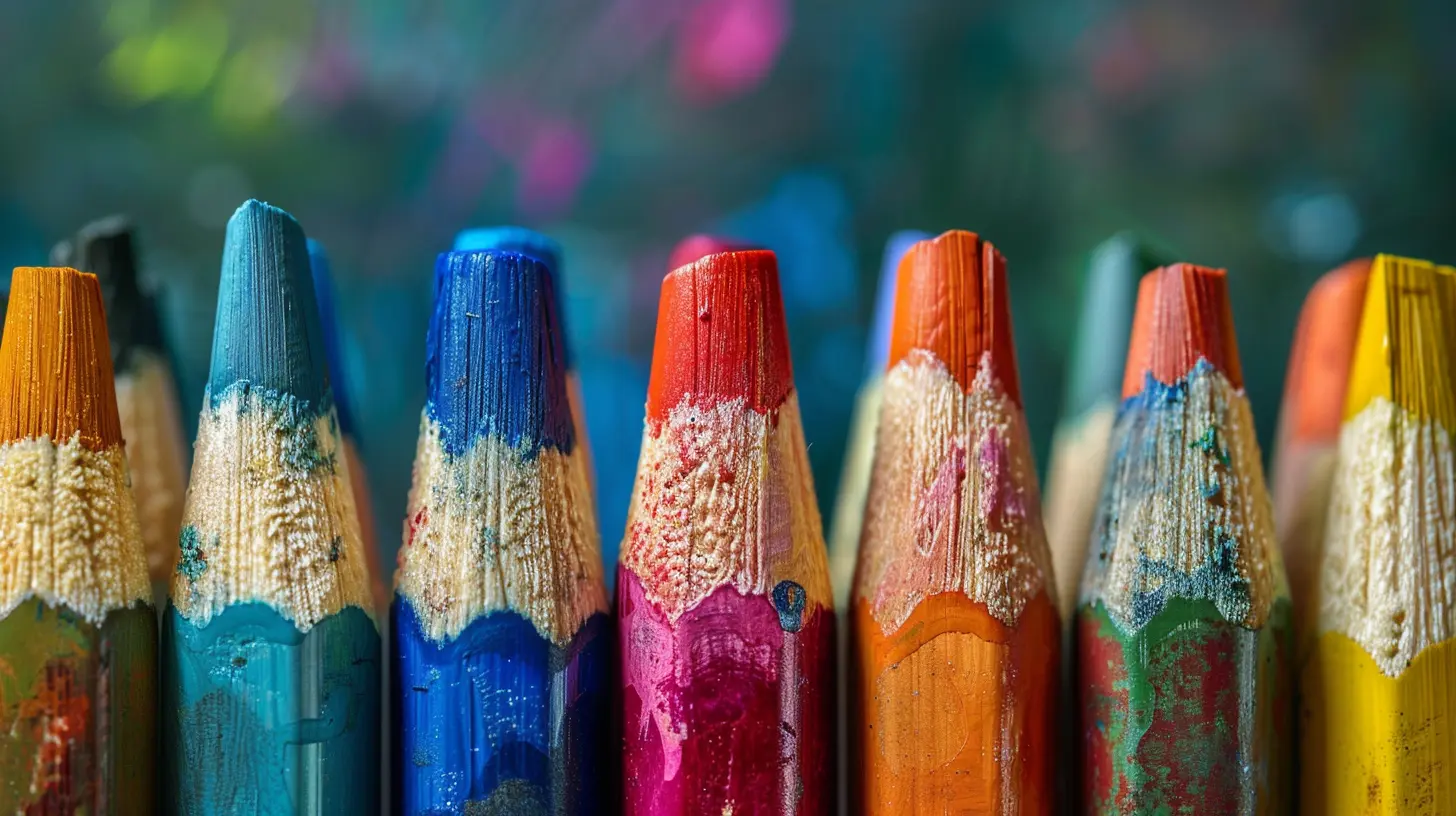
What Is Arts Education?
Before we get into the nitty-gritty, let’s clarify what exactly we mean by “arts education.” We're talking about a structured curriculum that covers various forms of art—visual arts like painting and sculpture, performing arts like music, theater, and dance, and even digital arts like graphic design.Art education isn’t just about learning how to paint a picture or play an instrument. It’s about cultivating creativity, critical thinking, and problem-solving skills. In essence, it’s a way for students to express themselves, explore different perspectives, and develop a deeper understanding of the world around them.
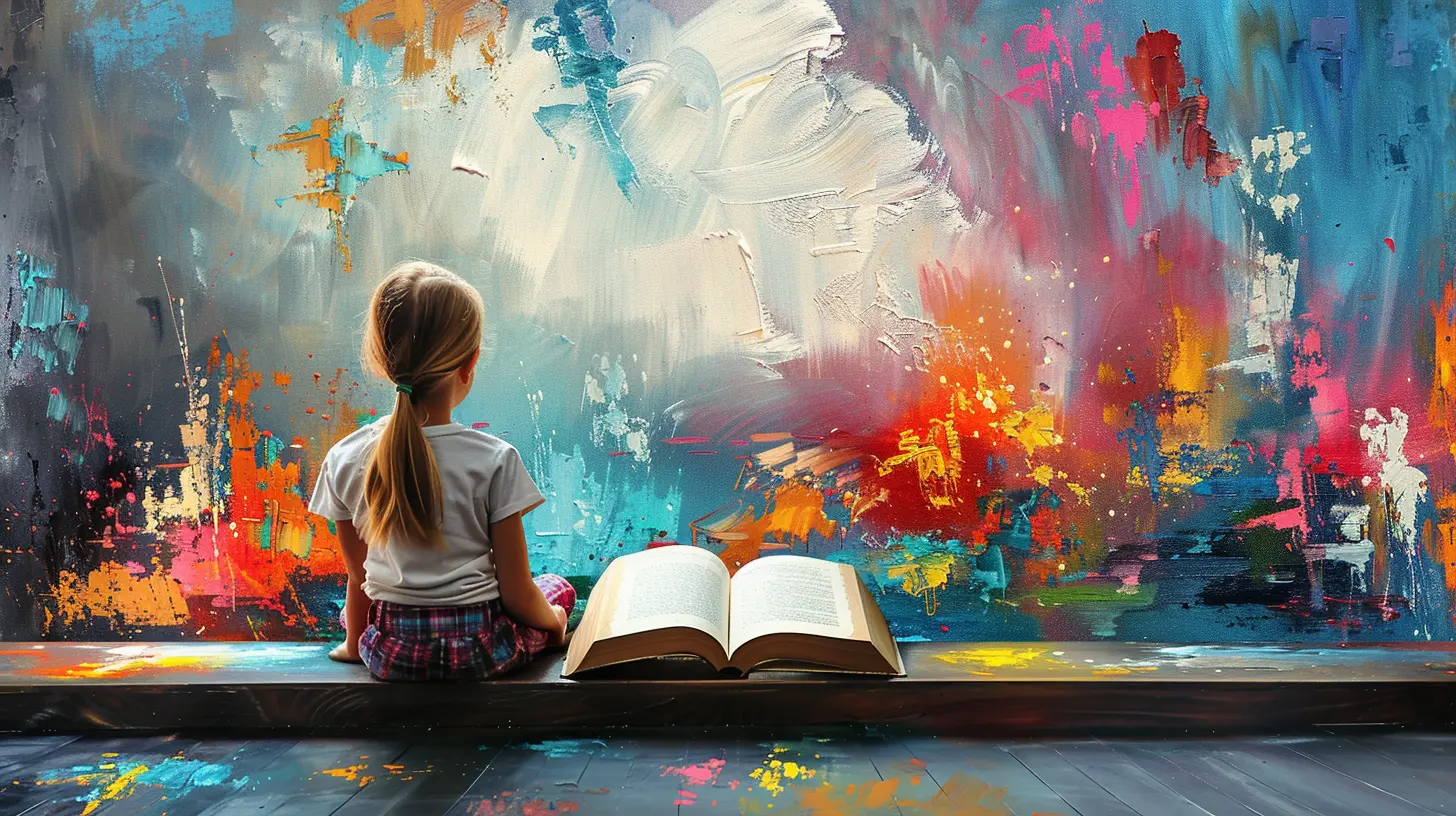
Why Arts Education Matters for Gifted Students
Gifted students often have a unique way of learning and thinking. They’re the kids who ask “why?” a lot, who see patterns where others see chaos, and who can think on a level that’s a bit more abstract. While traditional subjects like math and science can challenge their logical and analytical minds, arts education taps into their creative potential.Encouraging Divergent Thinking
One of the key benefits of arts education is that it encourages divergent thinking—the ability to generate multiple solutions to a problem. While a math problem might have one correct answer, a piece of art can have countless interpretations. This type of thinking is crucial for gifted students because it allows them to explore different possibilities and push beyond conventional boundaries.Take, for example, a student working on a sculpture project. They might start with a specific idea in mind, but as they work with the medium, they encounter challenges. Maybe the clay isn’t molding the way they expected, or they realize they need to adjust the balance of the piece. Instead of getting frustrated, they begin to think creatively, experimenting with new techniques and ideas. This process of trial and error—not being afraid to fail—helps to enhance their problem-solving skills.
Boosting Imagination and Innovation
Gifted students often have vivid imaginations, but without an outlet to express their thoughts, their creativity can become stifled. Arts education provides that outlet. In a painting class, for example, a gifted student can create fantastical worlds, blending colors and shapes in ways that challenge the norm. This type of imaginative play is essential for innovation. It's how future inventors, scientists, and artists come up with groundbreaking ideas.Building Confidence Through Self-Expression
Let’s be real—gifted students can sometimes feel out of place in traditional classrooms. They might be ahead of their peers intellectually, but that can also lead to feelings of isolation. Arts education provides a safe space for these students to express themselves freely. Whether they're writing a poem, composing a song, or acting in a play, they learn how to articulate their thoughts and emotions in a way that feels authentic to them.This self-expression is incredibly empowering. When gifted students see that their unique ideas are valued, their confidence skyrockets. And when they’re confident, they’re more likely to take risks, think boldly, and push the limits of their creativity.
Enhancing Emotional Intelligence
You may be wondering, "How does art help with emotional intelligence?” Well, arts education often involves exploring themes of empathy, perspective-taking, and emotional expression. Whether it’s through drama, where students must step into the shoes of a character, or through visual arts, where they might depict complex emotions, students are learning how to navigate and understand emotions—both their own and others'.For a gifted child, who may sometimes be seen as socially awkward or introverted, this emotional growth is crucial. It helps them develop better interpersonal skills and connect with their peers on a deeper level, which can enhance their overall well-being.
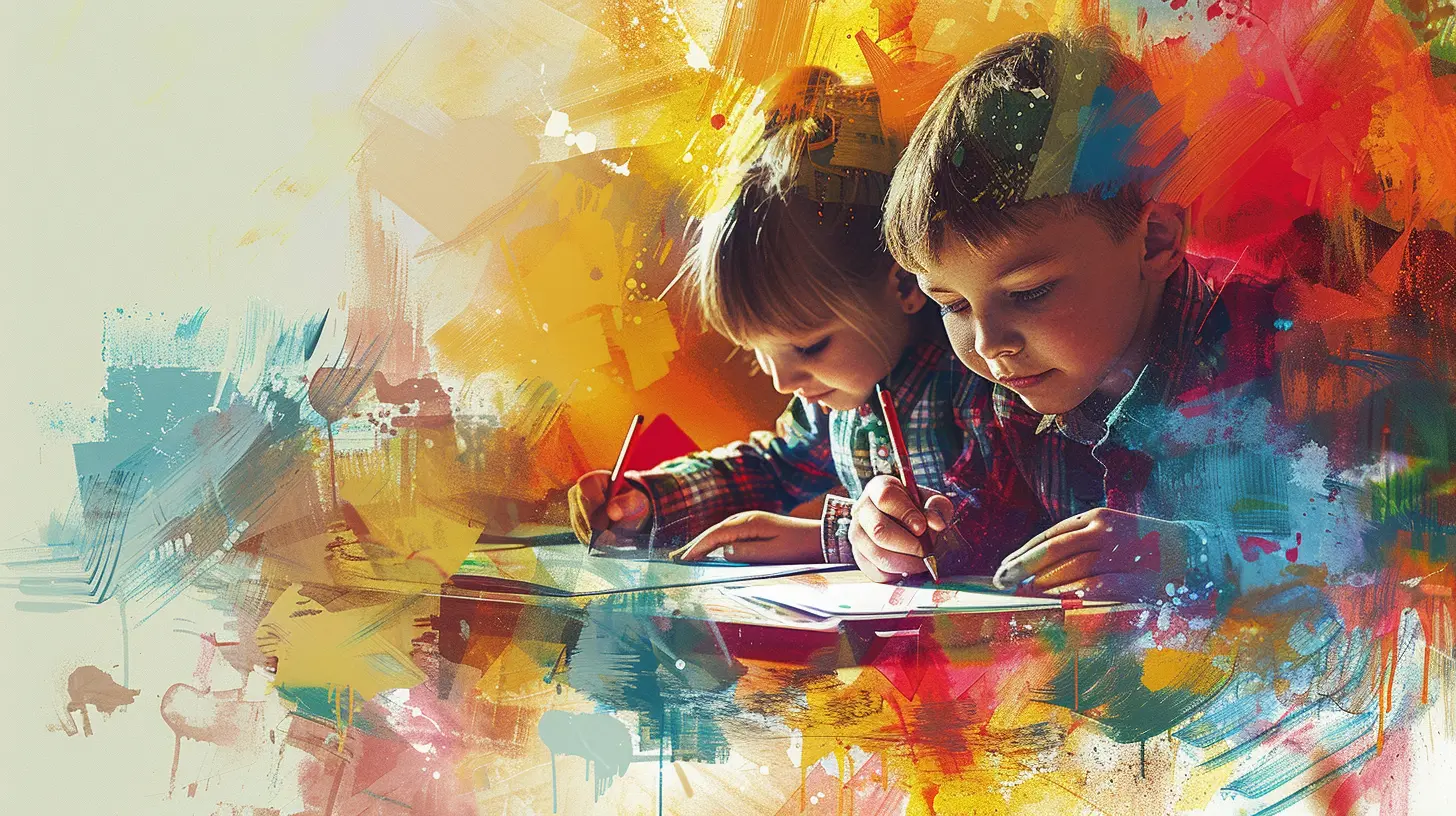
How Arts Education Translates to Success in Other Areas
The beauty of arts education is that it doesn’t just stay within the confines of the art studio or theater. The skills gifted students develop through arts education often have a ripple effect in other academic and personal areas of their lives. But how does that work exactly?Strengthening Problem-Solving Skills
We touched on this earlier, but it’s worth repeating: arts education teaches students how to solve problems creatively. Whether they’re figuring out how to use limited resources in a sculpture project or experimenting with different melodies in a music composition, they're constantly using their brain to find innovative solutions.This type of thinking easily transfers to STEM subjects. For instance, a student who’s good at improvising during a drama performance might be better equipped to handle complex math problems that require out-of-the-box solutions.
Improving Focus and Discipline
Creating art—whether it's drawing, playing an instrument, or dancing—takes a lot of focus and discipline. Gifted students might be used to breezing through academic tasks, but when it comes to mastering a complex piano piece or perfecting a painting, they have to practice persistence. This kind of dedication helps them develop a work ethic that carries over into other areas, like science experiments or writing essays.Promoting Collaboration and Communication
While the image of the "lone genius" artist might be romanticized, the reality is that many forms of art require collaboration. In theater, for example, students must work together as a team to put on a performance. Similarly, in music, playing in an orchestra or band means listening to others and working in harmony (pun intended!).These collaborative experiences teach gifted students how to communicate effectively, compromise, and work as part of a team—skills that are essential not just in school, but in life in general.
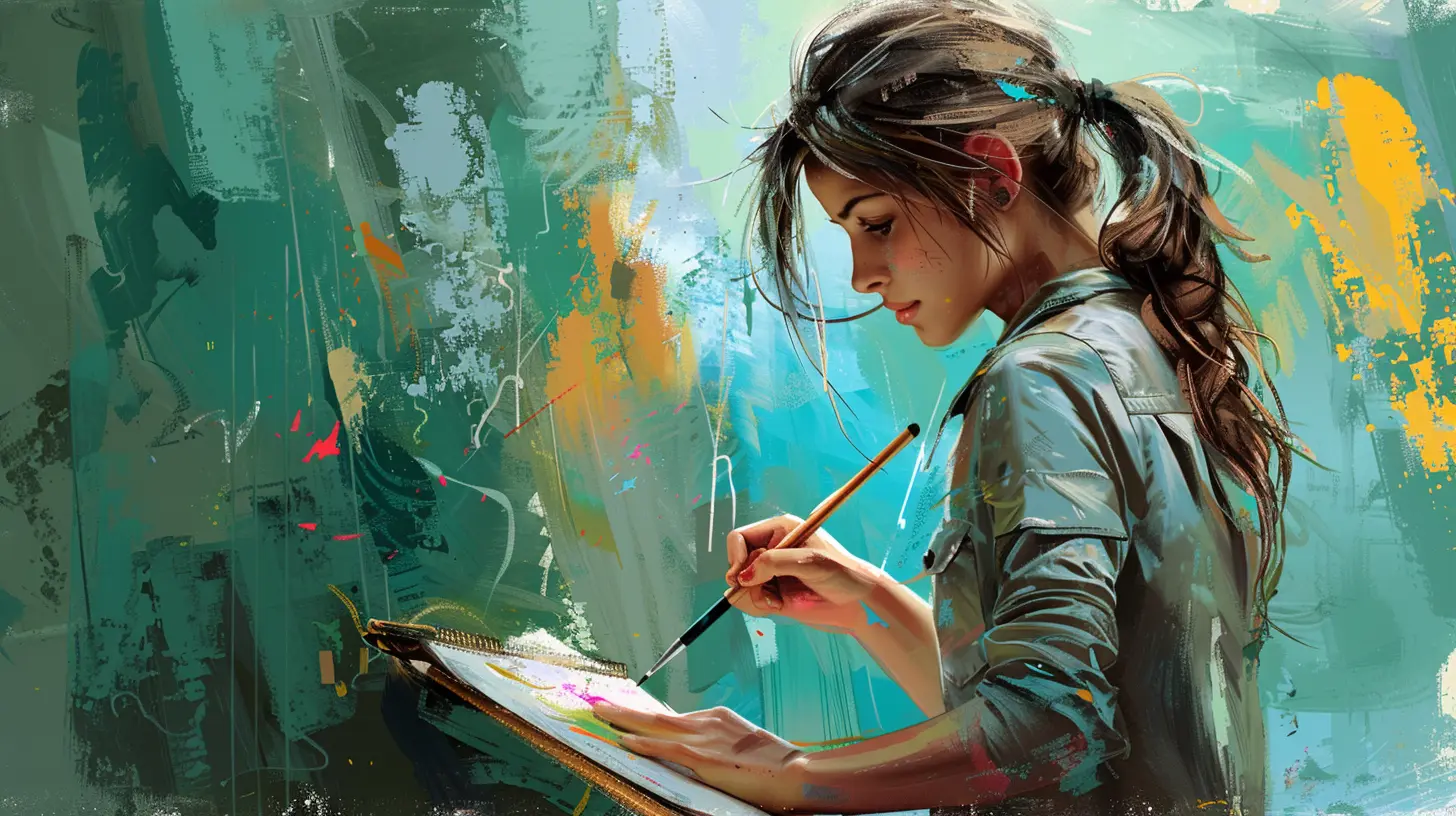
Overcoming the Challenges of Implementing Arts Education
You might be thinking, “This all sounds great, but isn’t arts education being cut from schools?” Unfortunately, yes. Budget constraints and an increasing focus on standardized testing have led many schools to reduce or eliminate arts programs. This is particularly detrimental for gifted students, who could benefit the most from a well-rounded education that includes the arts.Advocacy for Arts Education
For parents and educators of gifted students, it's crucial to advocate for the inclusion of arts in the curriculum. This might mean pushing for more funding, starting after-school art programs, or even integrating arts into other subjects (like using music to teach math concepts).By prioritizing arts education, we’re not just helping gifted students hone their creativity—we’re equipping them with the skills they need to succeed in a rapidly changing world.
Providing Access to Arts Outside School
If your school doesn’t offer a strong arts program, don’t despair! There are plenty of community resources available. Local art centers, music schools, theater groups, and online platforms can provide the enrichment your gifted child needs. Just be proactive in seeking out these opportunities—they’re out there!The Future of Arts Education for Gifted Students
In an era where technology and innovation are growing at lightning speed, creativity is becoming one of the most valuable skills a person can have. For gifted students, the future will likely demand even more creative thinking and problem-solving abilities. By investing in arts education, we’re not just helping them succeed academically—we’re preparing them to be the trailblazers of tomorrow.So, whether it’s through painting, dancing, acting, or composing, arts education is a vital tool in enhancing the creativity of gifted students. It gives them the freedom to explore, the confidence to express themselves, and the skills to think in ways that others can’t. Ultimately, it’s about developing the whole child—not just their intellect, but their imagination, their emotions, and their ability to connect with the world around them.
Conclusion
Arts education is more than just “extra” or “enrichment” for gifted students—it’s an essential component of their personal and intellectual development. It fosters creativity, nurtures their emotional intelligence, and provides a platform for self-expression that can boost their confidence and problem-solving abilities. Plus, the skills they gain from arts education can carry over into all areas of their lives, helping them excel both in and out of the classroom.So, the next time someone asks if arts education really matters, you can confidently say, “Absolutely!

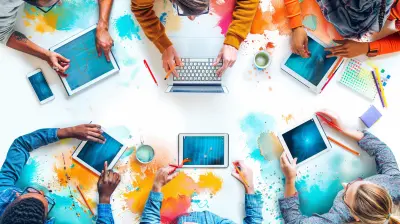

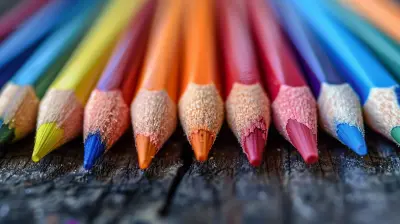
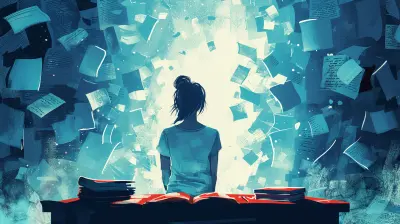
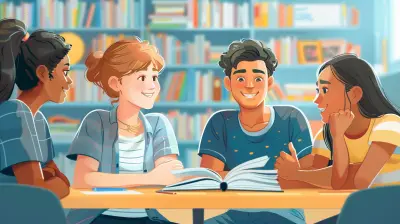
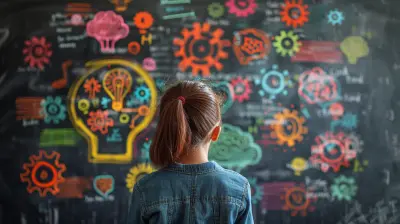
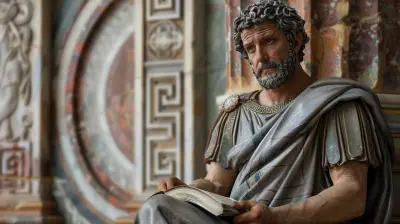
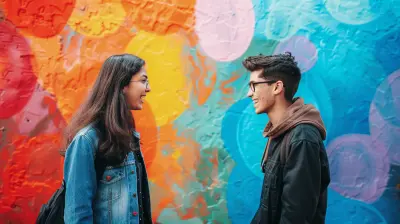
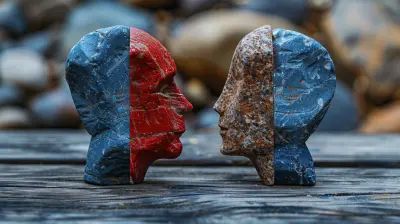
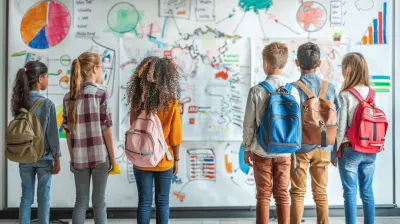
Zina Parker
Arts education is a vital catalyst for unlocking the full potential of gifted students. By nurturing creativity and self-expression, it fosters innovative thinking and problem-solving skills. Embracing the arts empowers these students to explore new dimensions, ultimately enhancing their academic and personal journeys. Let's champion this vital integration!
March 31, 2025 at 11:17 AM